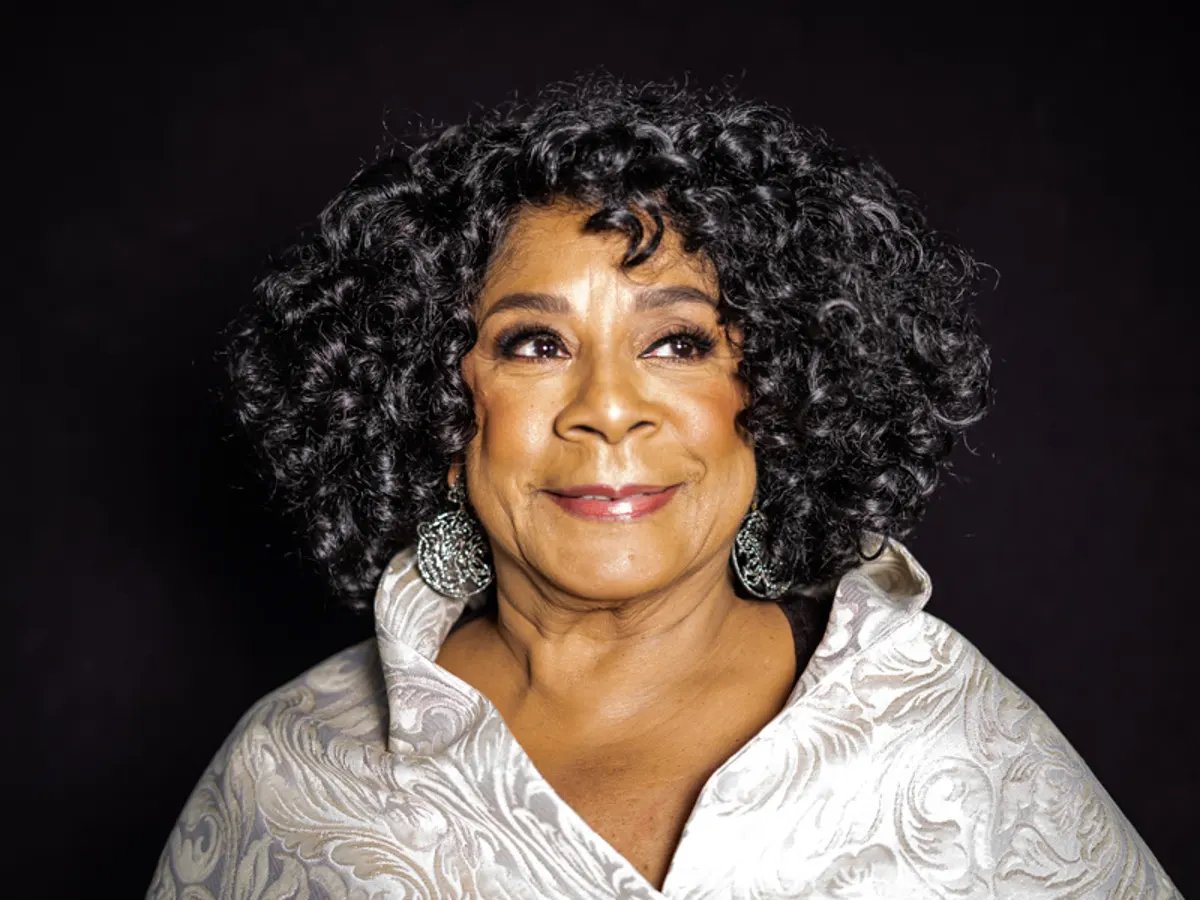The Rating Game
I hate shopping.
I don't mean a calm stroll past the booths of a farmer's market or a proudly efficient cruise through a supermarket, complete with a strategic route penciled onto a Pick 'n' Save aisle map. I can’t abide recreational shopping: "Let's-go-to-the-mall" shopping. "Oh-this-is-so-cool-and-it's-on-sale!" shopping. "Let's-come-back-to-this-store-after-an-Orange-Julius-and-a-Cinnabon" shopping.
I also am wary of the virtual mall that now lives in my laptop, the one built by the user profile I’ve created over the years of my oblivious clicking. I type in a search—”walking shoes”—and I can hear the algorithms whispering:
Mr. Kosidowski is a 60-something Midwestern male who eats granola and 2% yogurt every morning, is a bit optimistic about his book-reading plans, and watches way too much Guy Fieri. His Spotify playlists suggest a preferred genre somewhere in the vicinity of Baroque-Eurotrash-Johnny Cash. He likes long walks and the occasional golf game and will probably prefer shoes of the “functional” variety that are typically found on men 20 years his senior.
It sounds a little bit like a Match.com ad or the exam summary my doctor filed before my colonoscopy.
But the internet does offer a seductive perk for a "shopper" like me: The "Best" List. Step right up to The Bests: Best garden shovels. Best paper clips. Best snow tires. Best tahini, shoelaces, red wine vinegar. Best masking tape, sailboats, support socks. What's the best "Best List"? Well, you’ll have to decide between Consumer Reports, The New York Times' "Wirecutter," Bestreviews.com, New York Magazine’s “The Strategist”, and any number of specialty rating sites that cover everything from air fryers to zero-gravity chairs.
Has it gone too far? I confess that my movie and TV viewing is petty reliant on Metacritic.com. And I rarely make a major purchase (automobile, refrigerator) without consulting what I hope are "impartial" ratings. But can’t we manage with a “good enough” can opener? Is the “Best” sparkling water really the “Best” for every palette? Can I get by with the “third-Best” ball-point pen? “But Paul,” you might retort, “life’s too short to write with the ‘third-best’ pen!”
Which brings me to Rachel Connolly’s savvy reflection on "The Tyranny of ‘the Best’” in a recent New York Times. She examines her own impulses and those of others, brings in the jargon of psychologists and marketing experts (“Satisficers”—those willing to settle for Pretty Good; “maximizers”—those in constant search for The Best). For her—and for me, I suppose—the quest for The Best is one more way consumer capitalism has burrowed into our noggins. Consumption used to be conspicuous, now it’s calculating. The one-percenters may have their yachts and Bentley’s, but I, dear friend, have found a simply awesome white t-shirt, as confirmed by a panel of experts. It’s just “The Best.”
Past Lives
Teo Yoo and Greta Lee in Past Lives.
Barely a word is spoken in the final five minutes of Past Lives, the extraordinary new film written and directed by Celine Song. In that closing scene, Hae Sung (Teo Yoo) and Nora (Greta Lee) say goodbye after a weekend visit. The two knew each other as children, lost touch for a time after Nora and her family emigrated to Canada. They reconnected during their college years when they found each other on Zoom. They connect again as adults, when Hae Sung decides to visit his childhood friend in New York, where she now lives with her husband.
A simple premise, but Past Lives is rich with explorations of cultural difference as it shifts between the worlds of South Korea and Manhattan. More profoundly, it’s a meditative deep dive into nature of time and human character: How we change as our lives unfold, what we hang onto and what we abandon, and how every life choice narrows the expanse of other possibilities.
Trust
A novel, an unfinished memoir, a magazine feature, a diary.
Hernan Diaz (photo by Pascal Perich)
These four separate “books”—each with a different fictional author—come together in Hernan Diaz’s Pulitzer Prize winning novel, Trust. It’s a tangled, brilliant puzzle that’s hard to describe without robbing you the pleasure of a first read. Set in the years surrounding the economic boom and bust of the 1920s and ‘30s, it’s ripe with financial lingo and dealings and with the mansioned moguls behind it all.
Have I said too much? Let's stick with the characters: Andrew Bevell: Titan of Wall Street with a substantial fortune that became even more substantial when he bucked conventional financial wisdom before the market crash of 1929. Mildred Bevel: his wife, a classical music aficionado. Ida Partenza: a budding novelist who is hired by Bevel to ghost-write his memoir. Partenza’s father: an fiery Italian immigrant who works as a typesetter, mostly creating posters for anarchist causes.
We meet these characters via their own writings: A novel that may or may not tell the real story of Bevel’s success; Andrew’s hagiographic autobiography; Partenza’s recollections of working with Bevel on his book; Mildred’s private journal. These individual books do not merely describe different stories, they employ different narrators with distinctive voices. And they all pose the age-old question of fiction: Is the narrator reliable? In the end, they come together in potent and surprising ways.
Song of the South
Merry Clayton in 2021. Photo by Mathieu Bitton
The Slate Culture Gabfest’s recent “Summer Strut” edition clued me in to the remarkable story of Merry Clayton, best known for her searing background vocals on The Rolling Stones’ “Gimme Shelter.”
Clayton was called out of bed to record the “Gimme Shelter” track (oh, that rock ‘n’ roll lifestyle). She arrived at the studio in slippers and hair curlers and sang some of the most memorable lines in American music. She was four months pregnant, and suffered a miscarriage soon after.
As Robert Ham writes in a profile in The Guardian, Clayton was a revered background vocalist. An original member of Ray Charles’s The Raelettes, she went on to sing with Carole King, Joe Cocker and Ringo Starr. Her career was revitalized after the release of 20 Feet from Stardom, the documentary about the history of pop and rock background singers. But tragedy struck again in 2014 when she lost both of her legs below the knee after a car accident. In 2021 she released another solo album, touchingly called Beautiful Scars.
She has made some enduring music in her life, but the song that sticks with me is her version of Neil Young’s “Southern Man.” No disrespect to Neil, but a black woman from New Orleans lends a certain heft to a song about bullwhips cracking and crosses burning.
Lee and Joel
I’m a fan of the Coen brothers, from Blood Simple to Hail, Caesar, and an admirer of photographer Lee Friedlander, who captured the American experience better than anyone since Robert Frank. In honor of the new book, Lee Friedlander Framed by Joel Coen, a selection of Friedlander photos hand picked by Coen, here’s a sample of stills from Coen brothers films and photos by Friedlander. Click on the image to make it bigger (and don’t look at them on your tiny phone screen!).
Have a good week!











